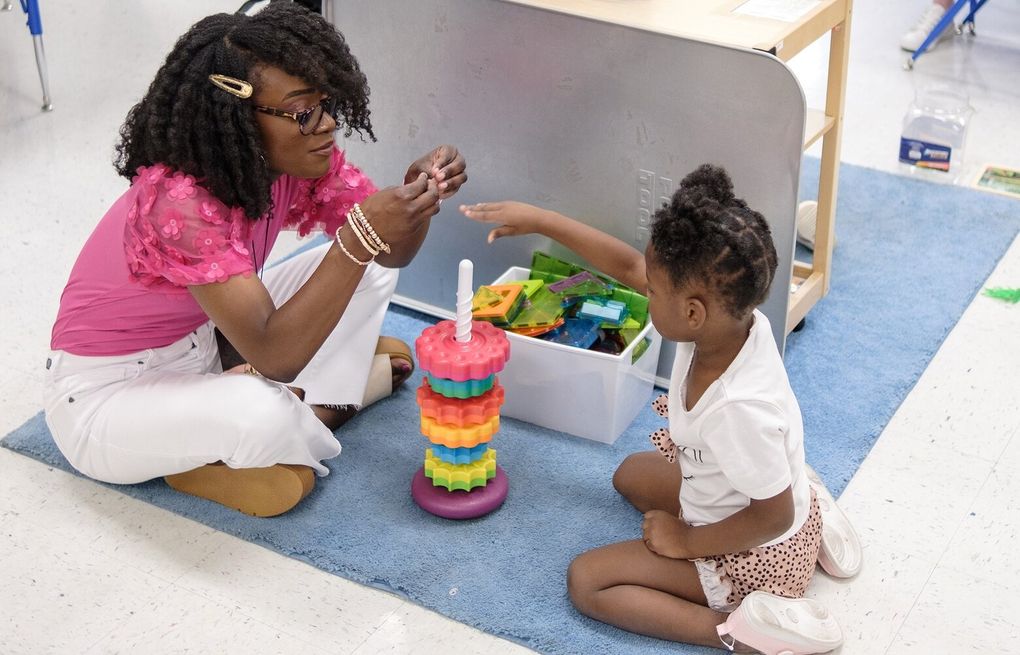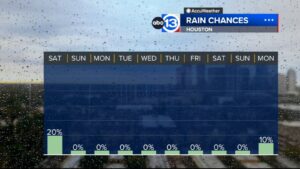
As the pandemic’s babies, toddlers, and preschoolers transition into school-age, the developmental and academic challenges they face are becoming increasingly evident. Many of these children are exhibiting signs of lagging behind their peers in crucial developmental milestones.
Interviews with over two dozen teachers, pediatricians, and early childhood experts reveal that many young children today lack age-appropriate skills such as holding a pencil, communicating needs, identifying shapes and letters, managing emotions, and solving problems with peers.
Scientific studies support these observations, indicating that the pandemic has indeed impacted early childhood development. Research shows that boys have been more affected than girls.
Dr. Jaime Peterson, a pediatrician at Oregon Health and Science University specializing in kindergarten readiness, noted, “Children born during the pandemic have faced unique developmental challenges. The lack of interactions due to mask-wearing, limited exposure to adults, and restricted playtime with peers have significantly impacted their growth.”
While the pandemic’s impact on older children, who lost ground in math and reading due to school closures, is well-documented, the effect on the youngest children is more surprising. These children were not in formal school when the pandemic began and typically spent much of their time at home.
However, early childhood is a critical period for brain development. Researchers highlight that factors such as parental stress, reduced social interactions, lower preschool attendance, increased screen time, and decreased playtime have all played a role in hindering young children’s development.
Despite these challenges, experts believe that young children have a strong capacity to catch up due to their rapidly developing brains. Joel Ryan, associated with a network of Head Start and state preschool centers in Washington state, described these children as a “pandemic tsunami” approaching the American education system, noting increases in speech delays and behavioral issues.
Not all children are showing delays, though. Data from Curriculum Associates, which will be released soon, indicates that children in schools predominantly serving Black, Hispanic, or low-income families are the most behind. Conversely, students from higher-income families are more in line with historical trends.
Kristen Huff, vice president for assessment and research at Curriculum Associates, stated, “Most, if not all, young students were impacted academically to some degree.”
Experts assert that recovery is possible, although young children have not been the primary focus of the $122 billion in federal aid allocated to help students recover. Catherine Monk, a clinical psychologist and professor at Columbia University, emphasized the need for equitable distribution of services to support recovery.
The differences in developmental progress are stark. Brook Allen, a kindergarten teacher in Martin, Tennessee, reported unprecedented challenges such as students with limited speech, toilet training issues, and undeveloped fine motor skills. Michaela Frederick, a pre-K teacher for students with learning delays, noted a decline in imaginative play and social interactions among children.
Lissa O’Rourke, a preschool teacher in St. Augustine, Florida, observed significant emotional regulation issues among her students, with behaviors such as knocking over chairs and hitting peers and teachers becoming more common.
Curriculum Associates’ data show that children who recently completed second grade, having been as young as 3 or 4 when the pandemic began, are still behind their pre-pandemic peers, particularly in math. The most concerning finding is that the students who are furthest behind are making the least progress in catching up.
Cincinnati Public Schools’ data reflect this trend, with only 28% of kindergarten students starting the school year prepared, down from 36% before the pandemic.
Childhood development experts attribute young children’s struggles partly to parental stress during the pandemic. Increased stress can lead to heightened brain activity in areas focusing on fear and aggression, leaving less energy for language, exploration, and learning.
During lockdowns, children had fewer opportunities to overhear adult interactions and play with peers, further hindering their development. Preschool attendance, crucial for kindergarten readiness, remains below pre-pandemic levels in many states, particularly among low-income families.
The increase in screen time during the pandemic, as parents balanced work and childcare, has also been linked to developmental delays. Heidi Tringali, a pediatric occupational therapist, noted an increase in issues such as visual problems, social skills deficits, and reduced core strength among children.
Despite these challenges, researchers remain optimistic about the potential for young children to catch up, emphasizing the importance of early intervention. Dr. Dani Dumitriu, a pediatrician and neuroscientist, stated, “It is absolutely possible to catch up if we catch things early.”
Some areas have initiated programs to support young children, such as a Tennessee district doubling the number of teaching assistants in kindergarten and adding a preschool class for students needing extra support. Oregon has also used federal aid to start a kindergarten preparation program.
Preschool teacher Sarrah Hovis from Roseville, Michigan, has witnessed both the challenges and progress in her classroom. While some children struggle with basic tasks like opening a bag of chips, others are showing significant academic progress by the end of the school year.
The key, Hovis said, is consistent attendance: “If the kids come to school, they do learn.”
This story was originally published at nytimes.com. Read it here.












